Introducing our latest product: The Dutch Door Collection! While we have made Dutch Doors through our custom business for many years, we’ve just started to add Dutch doors to our e-commerce store thanks to popular demand.
What makes our Dutch doors different?
For starters, we use solid wood—no veneers here! A solid wood door looks better and lasts longer—and is true to the old-fashioned origins of the Dutch Door itself. Plus we offer twenty different wood species, from domestic hardwoods Like White Oak and Cherry to exotic options like Wenge or Padauk. That way you’re sure to find a wood option that fits your unique style.

We also hand-craft our doors using traditional techniques and mortise and tenon joinery. The difference is one you can see and feel.
Our Dutch doors are also designed with elegance in mind. While this innovative door configuration originally hails from the farms of the Netherlands, that doesn’t mean they all have to look rustic. We’ve incorporated modern details and elegant styling into our first four Dutch doors. This means you can get the functionality and versatility of a Dutch door, without being pigeon-holed in the ‘rustic’ or ‘farmhouse’ design genre. Although if that is your style, it’s easy to adapt our Dutch doors to fit in—simply choose a rustic, knotty wood species like Alder or Knotty White Oak.
We also offer clear glass or crystal etched (frosted) glass so that you can control how private you want the door to be. All four of our first Dutch door designs feature glass elements, for an open and welcoming look--and maximum natural light. A Dutch door with glass is a stunning addition to any home.


Here are some other questions we’ve been asked about Dutch Doors:
Why should I choose an exterior Dutch door?
Dutch doors have a lot of benefits. The main benefit is their versatility. You can open the top of the door to let in fresh air—without leaves or debris blowing in. Add a shelf, and it’s an optimal place for rapidly cooling hot pastries, or keeping gardening supplies close at hand while you tend to the yard. Dutch doors also add a welcoming touch to your home, plus major curb appeal. They’re a unique and interesting alternative to a single slab door. For reasons we’ll discuss below, they’re also fantastic doors for families with pets and/or small children.
Are Dutch doors safe?
Dutch front doors are really safe—in fact, they’re excellent choices for those with pets or small children. This is because the ability to keep the bottom half of the door closed while opening the top half prevents pets and children from running out when you need to accept a delivery or answer the door. All of our Dutch doors come with the option to add a Dutch bolt that securely connects the top and bottom of the door when closed. Plus you can also opt for door boring on both the top and bottom, so that the top half of the door has a deadbolt in addition to the lockset on the lower half. The safety of the Dutch door ultimately depends on the quality of your Dutch door hardware. That’s why we’ve chosen American or European-made hardware crafted in solid steel or brass.
Do Dutch doors swing in or out?
We can make inswing or outswing Dutch doors. But we recommend opting for inswing in most cases. An inswing door keeps the hinges on the inside, which means you don’t have to worry about corrosion or rust on the hinges as the result of weather exposure. Additionally, opening the top half of a Dutch door in an outswing direction can be a little awkward in some situations (you don’t want to hit the delivery courier!). And if you choose to add a shelf on the outside of an outswing Dutch door, you may not be able to get a full range of motion out of it. Ultimately though, Dutch doors can work well with either swing direction.


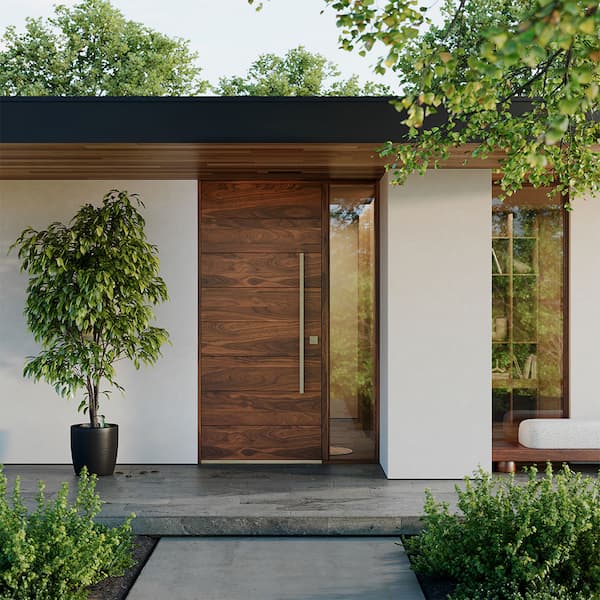

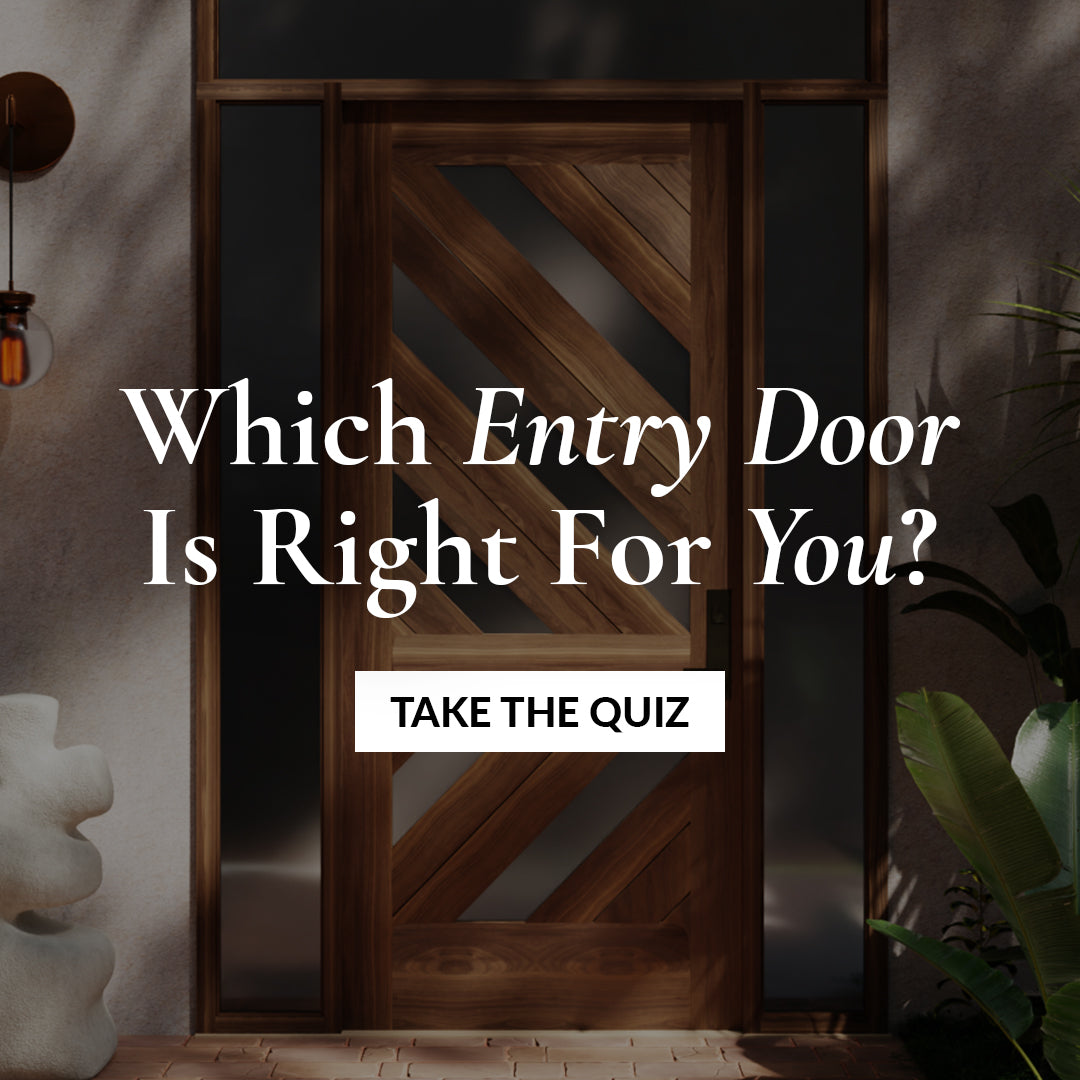
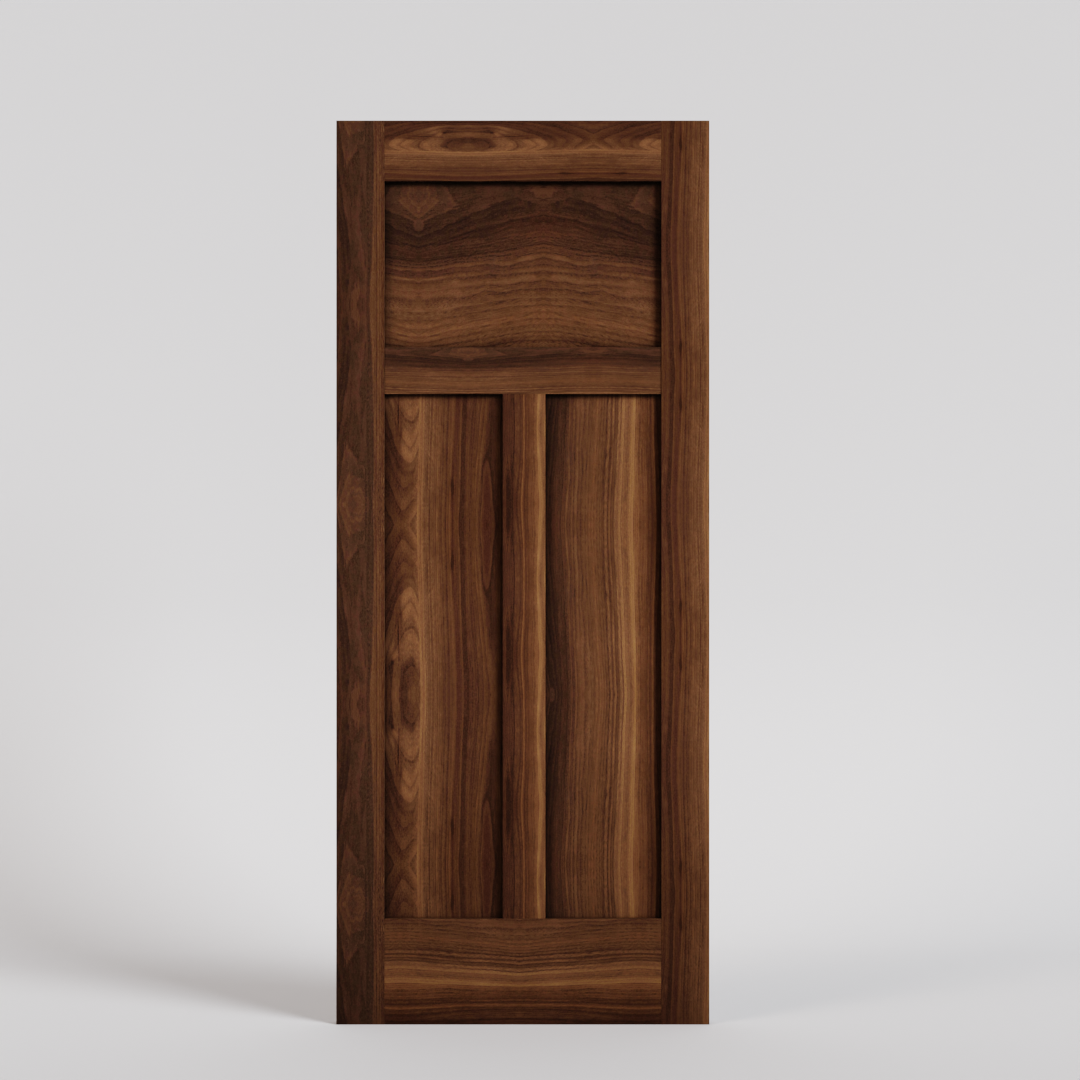
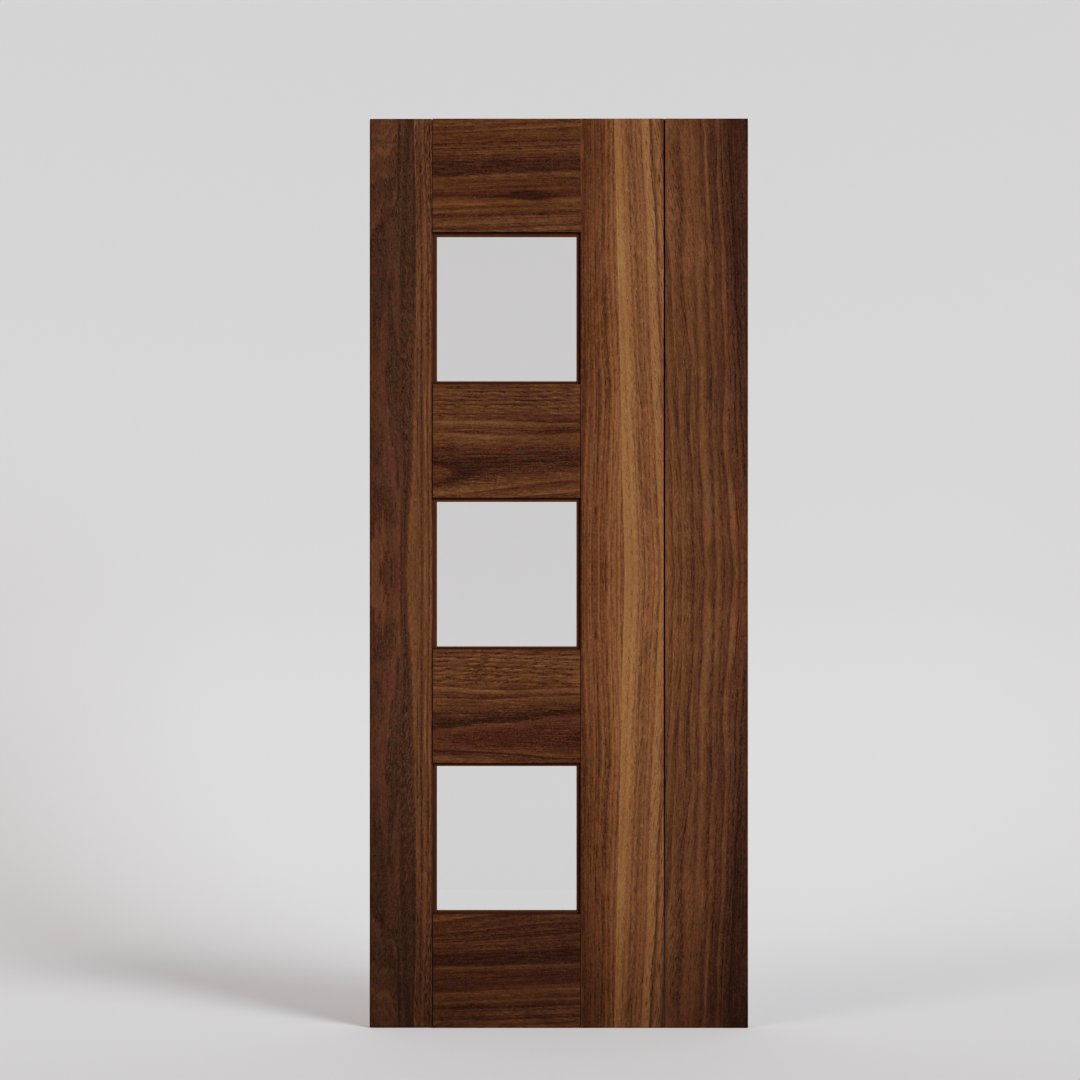
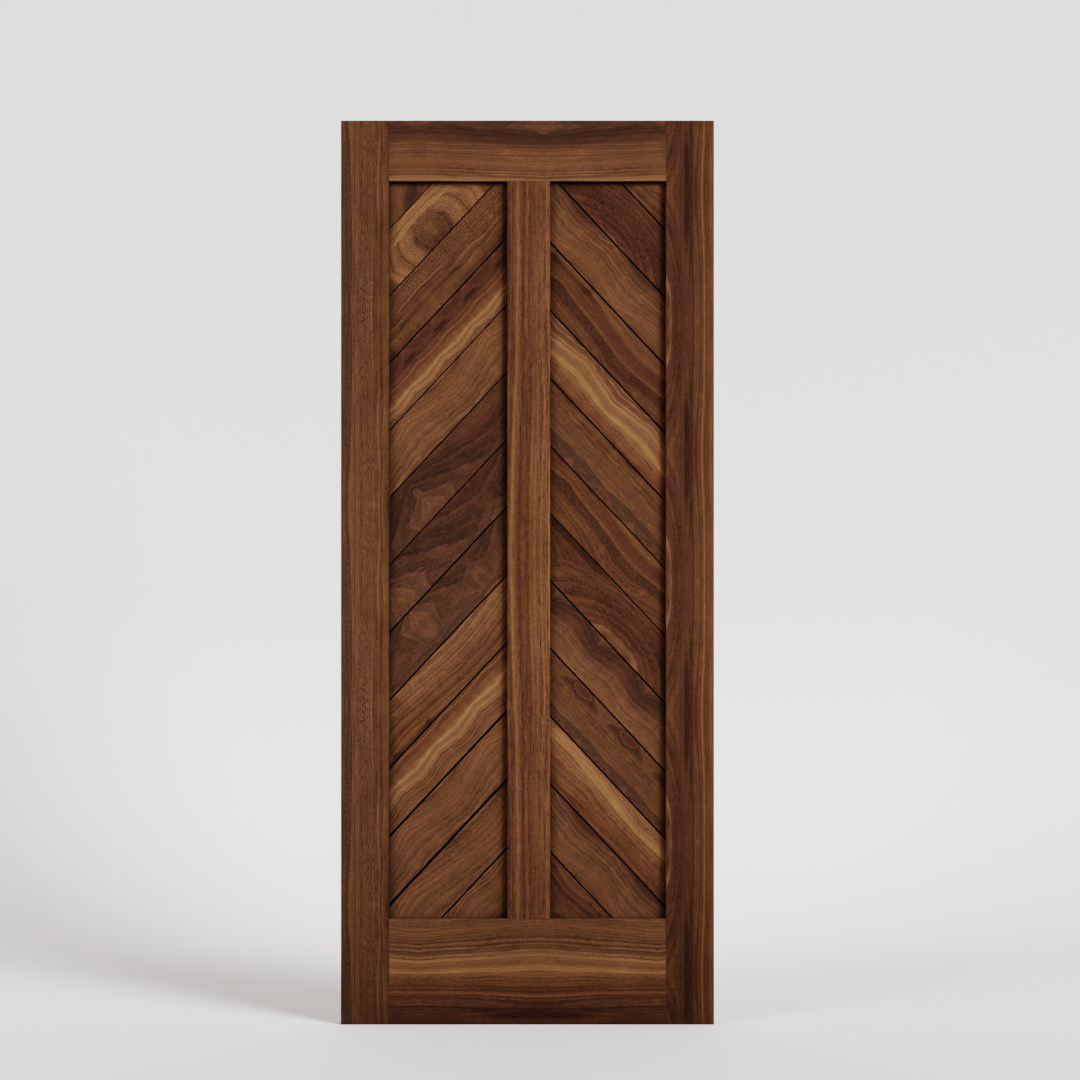
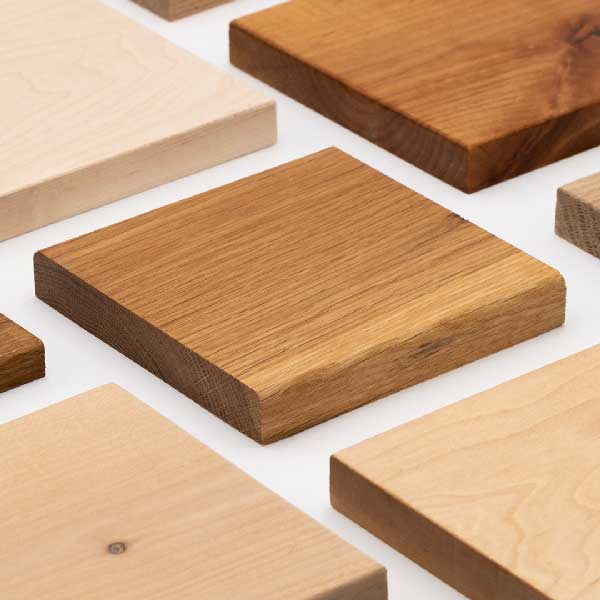

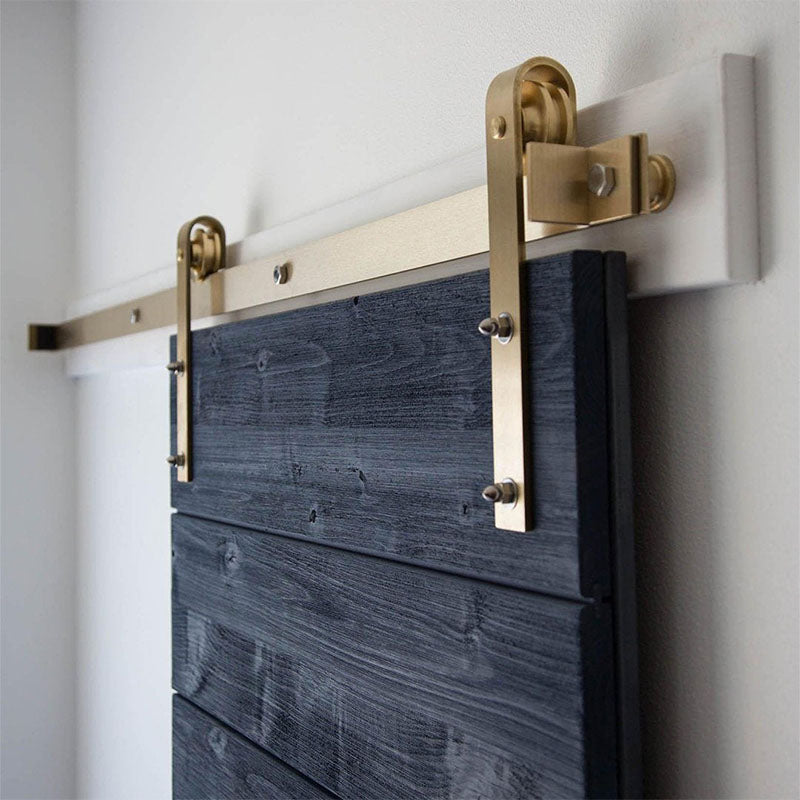
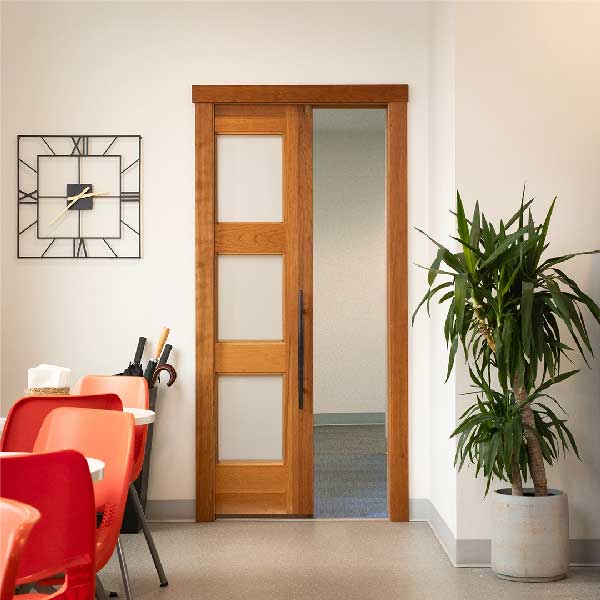

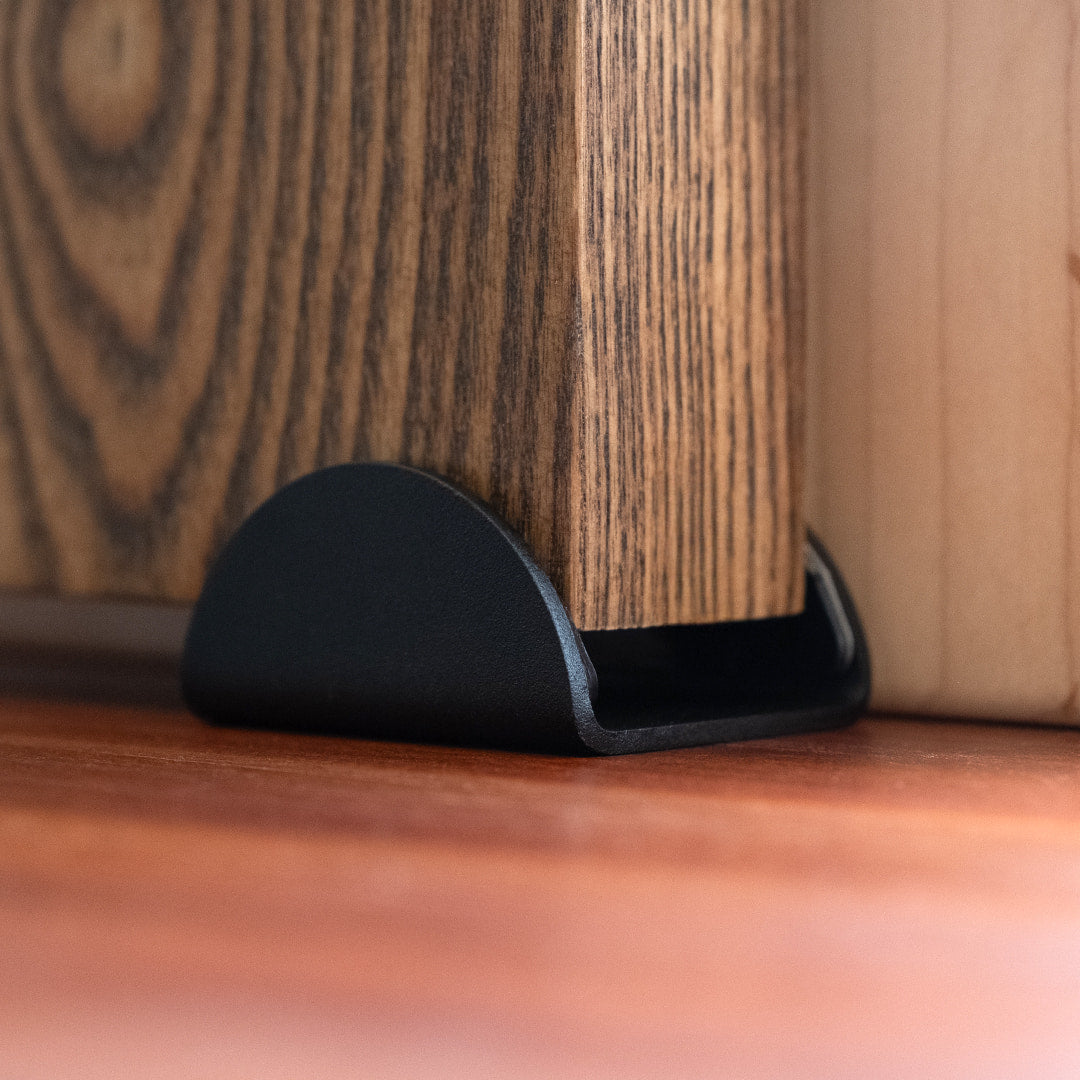
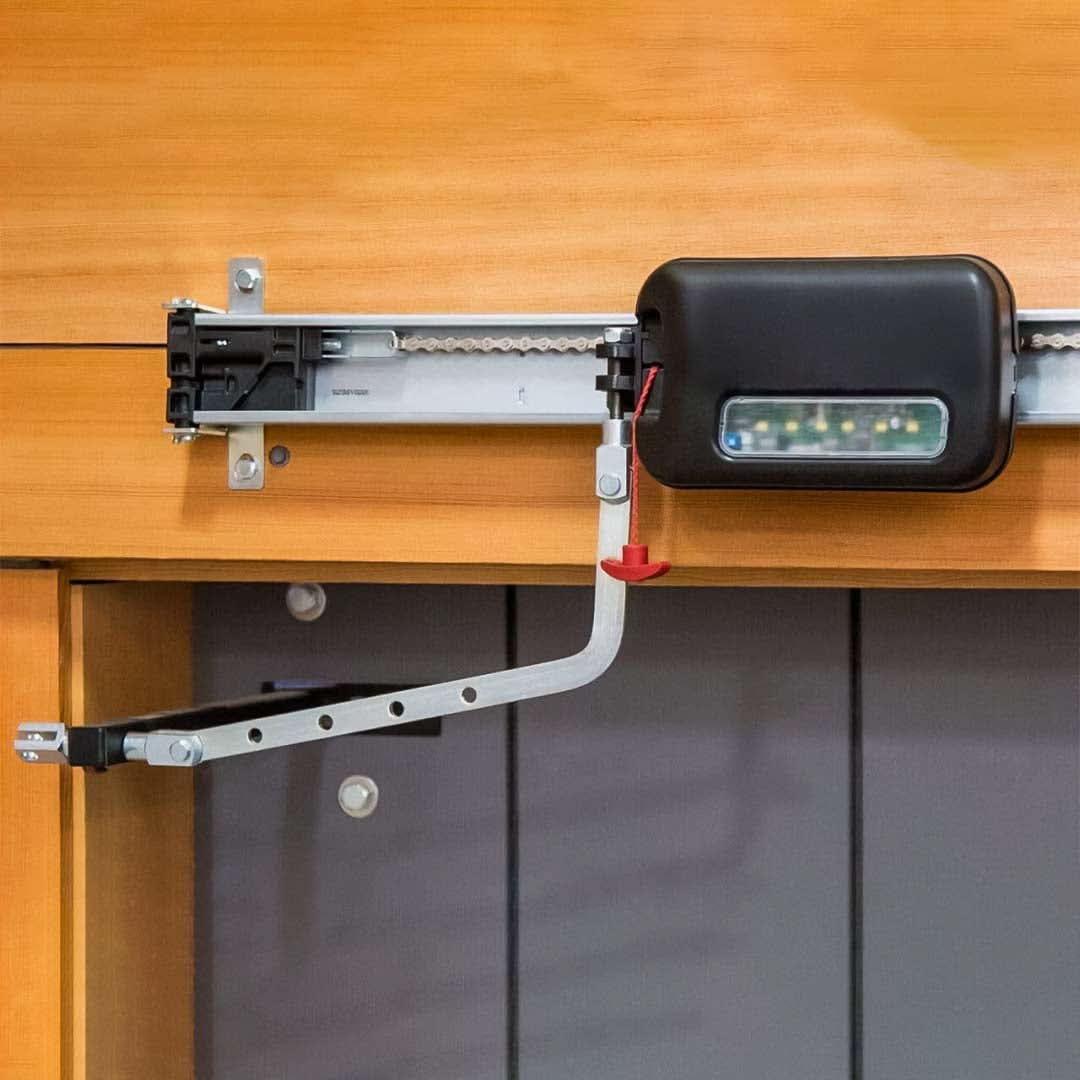






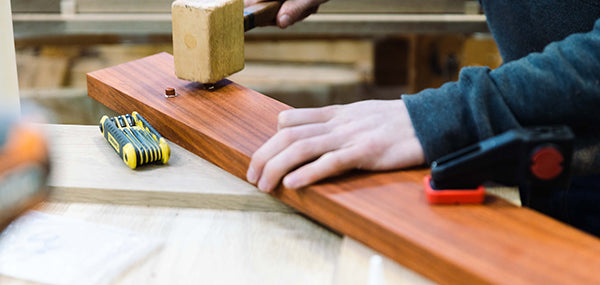

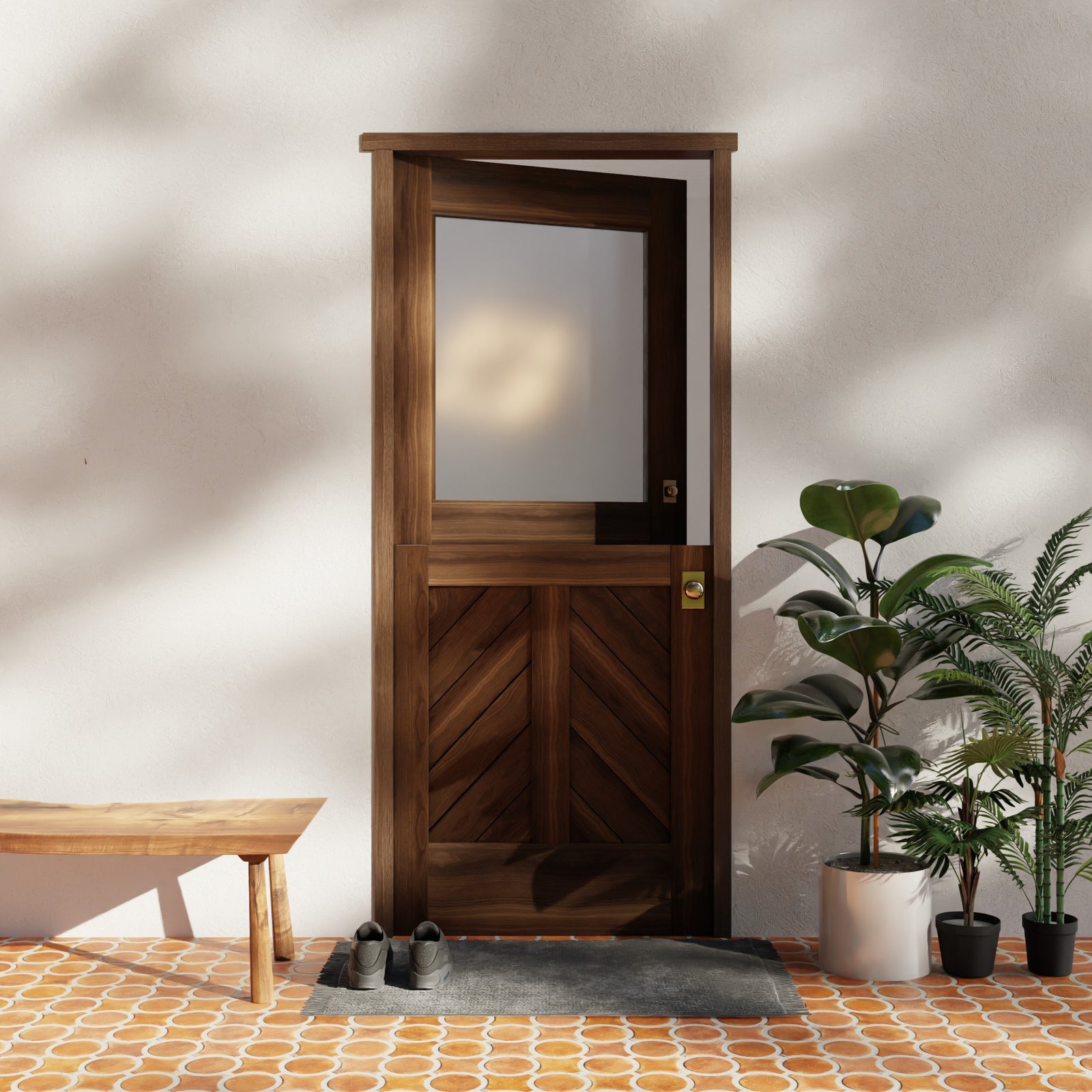


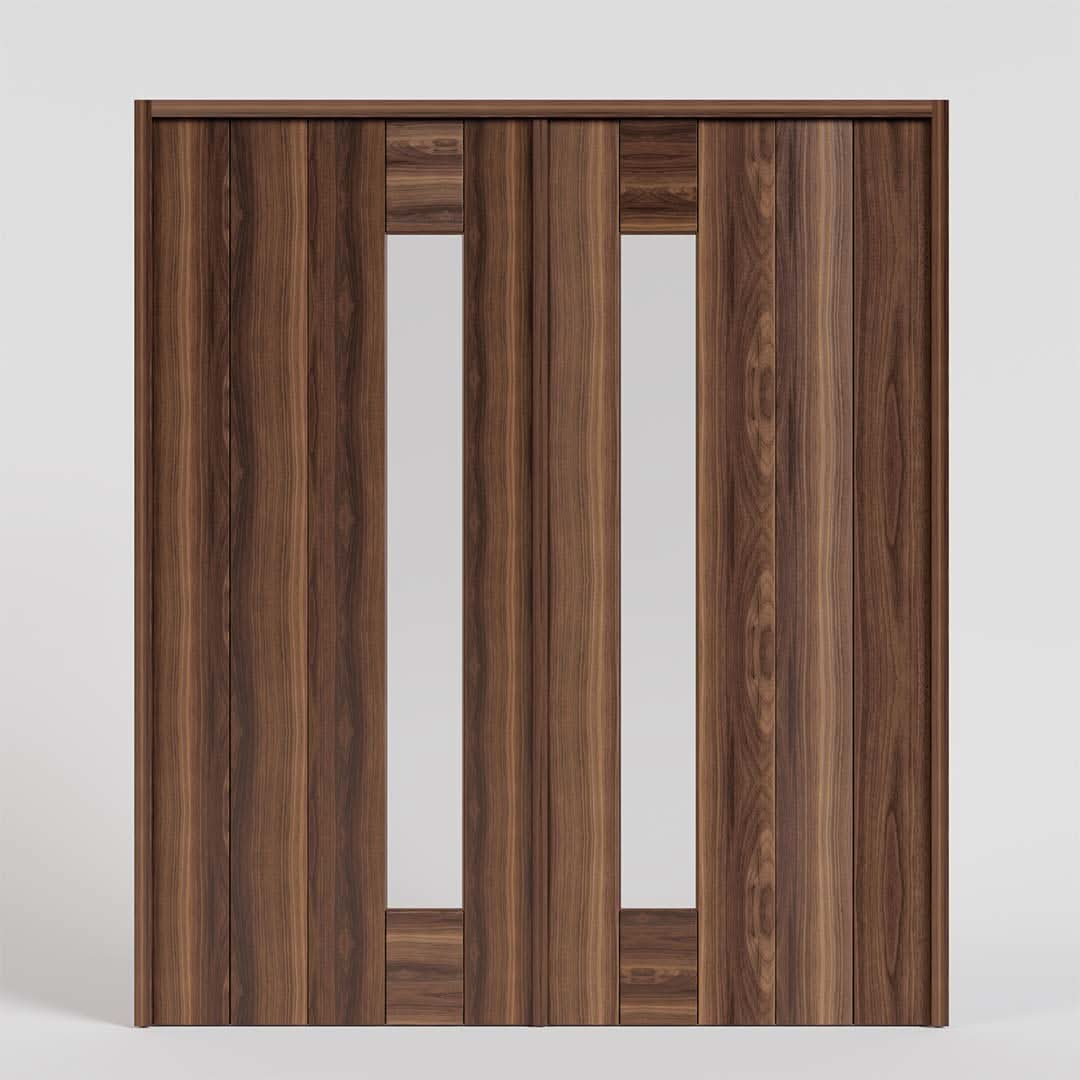
Leave a comment (all fields required)